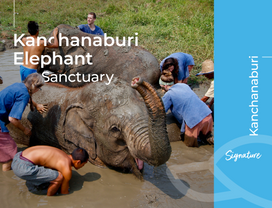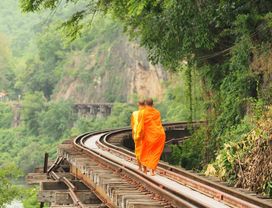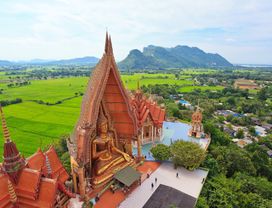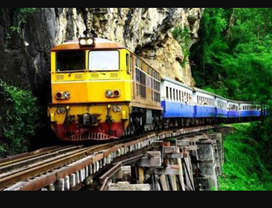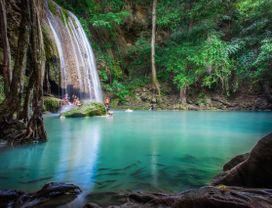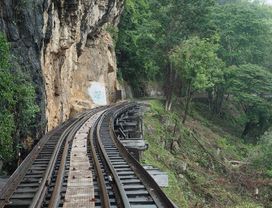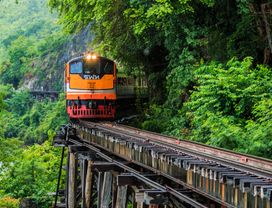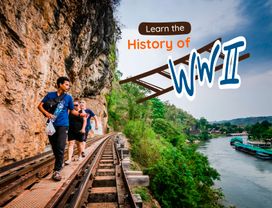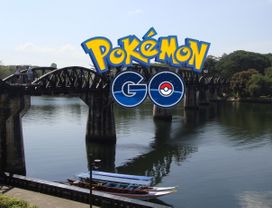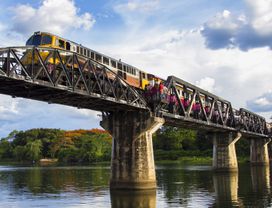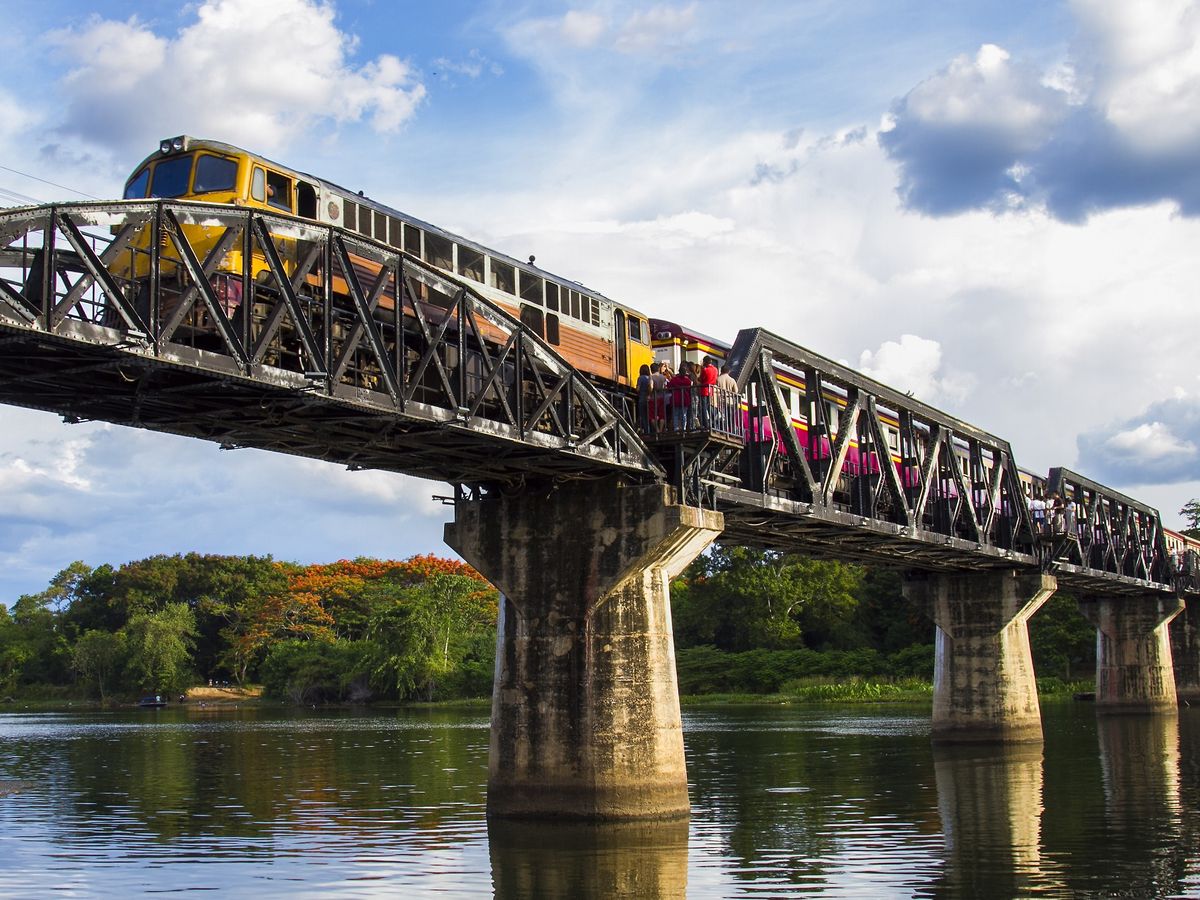
River Kwai Bridge, Thailand
4.7
(1146)
If you want to know the history of Thailand’s involvement in World War II, then the world-famous Death Railway in Kanchanaburi is the place for you to go! Part of the Death Railway and one of the important symbols in Kanchanaburi is the River Kwai Bridge or River Khwae Bridge. This place is very popular for both Thais and foreigners.
The iconic River Kwai Bridge is made from a semicircular steel structure. Alternating knit structures reinforced concrete pier are located at Tha Makham Subdistrict, Mueang Kanchanaburi. Currently, it is used as a thoroughfare for the Thon Buri - Nam Tok waterfall, which was part of the Death Railway in the past. Located approximately 400 meters from the city to the north side along National Highway 323, the bridge stands as a historical landmark that attracts numerous visitors.
What is special about the bridge on the River Kwai?
The River Kwai Bridge is special not only because of its historical significance during World War II but also due to its unique architecture—a semicircular steel structure reinforced with concrete piers.
The bridge has become an enduring symbol of resilience and a poignant reminder of the struggles faced by Allied prisoners of war. Its significance is highlighted during the annual "Bridge Over the River Kwai" week, which features a sound and light show reenacting the events of World War II.
What is the true story behind Bridge on the River Kwai?
The history of the River Kwai Bridge is quite tragic, as it was originally built by Allied prisoners of war under the control of the Japanese army. The construction took just one year, but during that time, many laborers suffered and died. The bridge was eventually bombed and partially destroyed by Allied forces during the war, causing the mid-section to collapse.
After the war ended, the Thai government purchased the railway from England for a total of 50 million Baht and renovated it in 1946. This repair included building a 2-span steel bridge to replace the original structure and replacing the wooden bridge at the ends.
Does the bridge on the River Kwai still exist?
Yes, the River Kwai Bridge still exists and remains an important historical landmark. It is actively used today as part of the railway route from Thonburi to Nam Tok Station. The bridge was reconstructed and repaired after the war, and now stands as a memorial to those who built it under harsh conditions. Visitors can walk across the bridge and take in the scenery while reflecting on the historical events that took place here.
River Kwai Bridge Train Schedule
The River Kwai Bridge is still part of an active railway route that runs daily from Thonburi Station in Bangkok to Nam Tok Station in Kanchanaburi. Departing from Thonburi Station in the morning, travelers can take a scenic train ride that offers breathtaking views of Kanchanaburi's picturesque landscapes, including crossing the iconic River Kwai Bridge. This schedule allows visitors to immerse themselves in the history and beauty of the area while experiencing a piece of Thailand's World War II heritage.
TakeMeTour's Review
The River Kwai Bridge is regarded as "The Symbol of Peace." Moreover, Kanchanaburi hosts an annual "Bridge Over the River Kwai" week, featuring a sound and light show that relives the moments of World War II.
The story of this bridge has also been adapted into Hollywood movies such as "The Bridge on the River Kwai" (1957), based on the novel of the same name, and "The Railway Man" (2013), which was created from the biography of a prisoner of war who built the bridge. If you’re a history buff and want to uncover the heritage of a special place, don’t miss the River Kwai Bridge!


